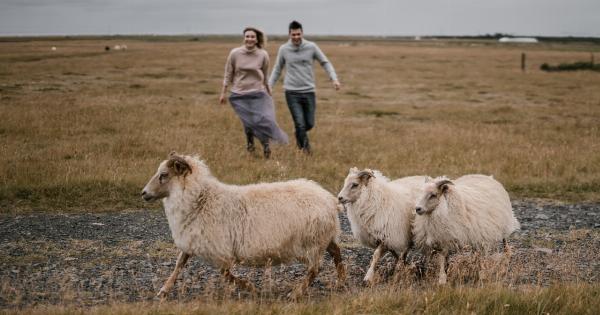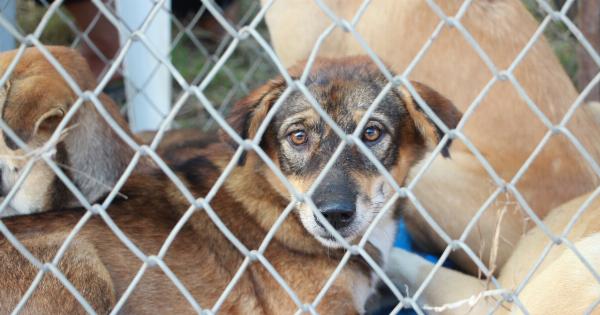Stray animals have long been a problem in many communities, posing threats to public health and safety. In an effort to address this issue, the Pet Bill has been proposed as a means to regulate the ownership, treatment, and welfare of pets.
As part of the legislative process, a public consultation has been initiated to gather input from the community and stakeholders.
Understanding the Pet Bill
The Pet Bill aims to establish a comprehensive framework for the responsible ownership and management of pets. It encompasses provisions related to pet registration, licensing, breeding, and abandonment.
Additionally, the Bill seeks to improve animal welfare standards and ensure the safety and well-being of both pets and the public.
The Need for Public Consultation
The introduction of the Pet Bill recognizes the importance of engaging the public in the decision-making process.
Public consultation allows community members to contribute their perspectives, concerns, and suggestions, ensuring that the final legislation reflects the needs and values of the population it serves.
The Role of Stakeholders
Stakeholders play a vital role in shaping the Pet Bill and its provisions. They include pet owners, animal welfare organizations, veterinarians, local government officials, and law enforcement agencies.
By participating in the public consultation, stakeholders can voice their opinions, share expertise, and contribute to the development of effective and equitable legislation.
Benefits of the Pet Bill
The Pet Bill offers numerous benefits to both pets and the community at large. Through the regulation of pet ownership, the Bill aims to reduce the number of stray animals, promote responsible pet ownership, and improve animal welfare standards.
By addressing these issues, the legislation not only enhances public safety but also fosters a more compassionate society.
Concerns and Considerations
As with any proposed legislation, the Pet Bill has sparked discussions and debates.
Some concerns raised by the public include potential limitations on pet ownership, the enforcement of regulations, and the allocation of resources for stray animal control. These concerns highlight the importance of public consultation in addressing potential gaps in the Bill and ensuring its viability.
How to Get Involved
Participation in the public consultation process is crucial to shaping the Pet Bill and addressing community concerns. Below are some ways individuals can get involved:.
1. Attending Public Forums
Public forums provide an opportunity for individuals to express their opinions and provide feedback directly to the lawmakers and other stakeholders involved in the drafting of the Pet Bill. Attend these events to voice your concerns and suggestions.
2. Submitting Written Feedback
If you are unable to attend public forums or prefer written communication, you can submit your views, concerns, and suggestions in writing. Many public consultations provide an online platform or dedicated email address for this purpose.
Take advantage of these channels to ensure your input is considered.
3. Joining Stakeholder Workshops
Stakeholder workshops offer a more focused setting for discussions and collaborations. These workshops bring together experts, organizations, and individuals with a vested interest in animal welfare and pet ownership.
By actively participating in these workshops, you can contribute your knowledge and help shape the Pet Bill.
4. Spreading Awareness
Another way to make a difference is by spreading awareness about the public consultation process and the Pet Bill among your friends, family, and community.
Encourage them to get involved and emphasize the importance of responsible pet ownership and stray animal control.
Conclusion
The public consultation on the Pet Bill and stray animals is an opportunity for individuals and stakeholders to shape the legislation and address concerns.
By actively participating in the process, the community can contribute to creating an effective and inclusive framework that promotes responsible pet ownership and improves animal welfare standards.































